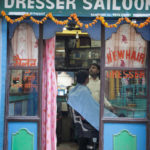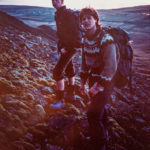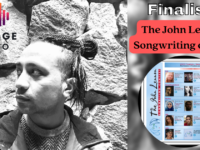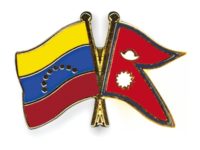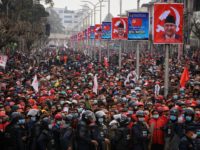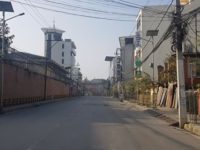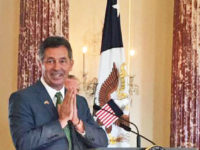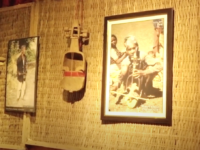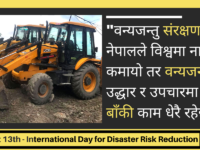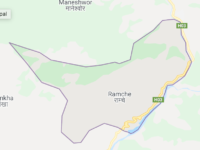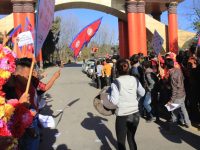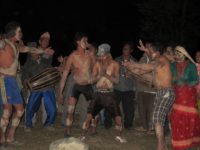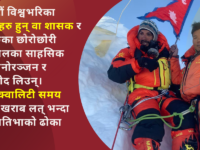Two weeks ago I returned from a month long trip traveling around Nepal and Tibet. The trip was prompted from an initial conversation some years ago by friend Darren who had trekked Mt. Kilimanjaro and described it as being one of the best experiences he’d ever had. Subsequently, another friend Kat who had trekked both Mt. Kili and the Himalayas, offered her verdict that trekking around the Annapurna Circuit offered an unrivaled opportunity for spiritual awakening. There’s never the perfect moment to check items off the bucket list, so I decided it was high time and booked my trip to Nepal and Tibet.
In Nepal, the sheer beauty of the Himalayan landscape might be the simplest explanation for any spiritual rejuvenation, but the trek helped me understand much more about the reasons why. When you trek for an average of 6–7 hours a day for almost two weeks, your time walking becomes meditative, countless hours are spent talking with fellow trekkers from around the world comparing notes about places we’d mutually travelled or sharing anecdotes about political turmoil in our respective countries. Which is worse, being a citizen of the UK and having to deal with Brexit or being an American and having Trump as your president? When we weren’t talking, we were focused on gaining elevation without becoming victims to altitude sickness, putting one foot in front of the other, finding delicate balance so we could cross streams and rivers without getting our feet wet. We caught the tail end of the monsoon, so on the second day of the journey we were up to our knees in mud at one point. Along the way, we popped into countless villages, marveled at epic landscapes, took countless photos, and greeted smiling locals with Namaste.
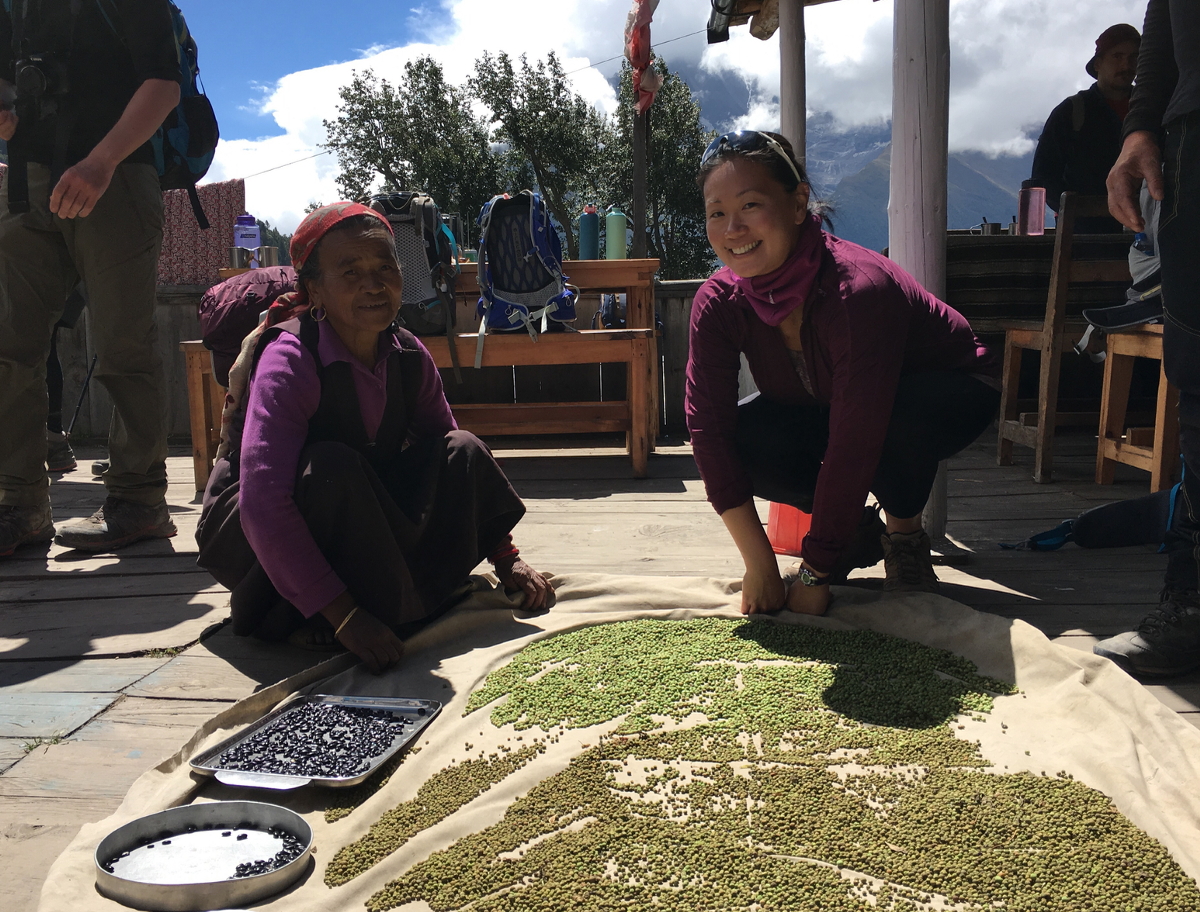
The journey was peaceful in almost every regard minus the first few days when we experienced the ending of the monsoon season and combatted leeches crawling up our shoes and legs. My fellow trekking companion, Conor, had the special distinction of discovering eight leeches on his foot at the end of one day.
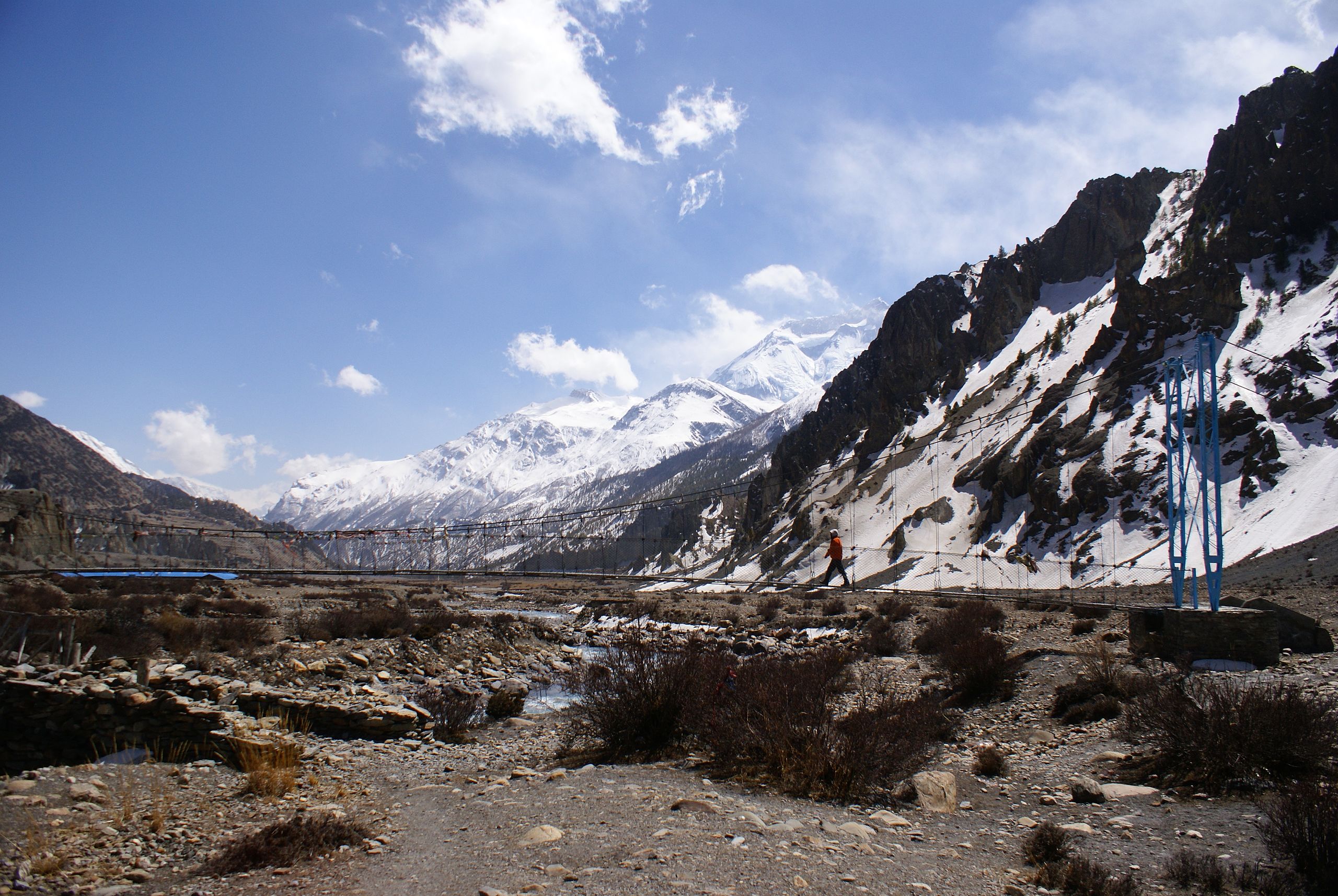
The Annapurna Circuit offers many variations of routes — our group completed the circuit that summited at Thorong La Pass. The morning we summit, we left camp at 4:30am to begin our trek. Wearing heavy down jackets, wool hats and several layers, we walked toward the summit in darkness with our headlamps illuminating the path for us. Seeing the sun rise over the mountain felt a little bit like a miracle and within half an hour, our very cold bodies thawed. The only way I can relay the feeling of summiting is to say I felt the same emotion as I did when I crossed the finish line of a marathon. I choked up with emotion or joy, the feeling of accomplishment. Having taken diamox to stave off altitude sickness, I’d been fine for the entire trip, but the last leg to the summit was the hardest for me and one of the porters, Gorok, a retired police sergeant, cheered me all the way up and gave me a big hug when I got to the top.
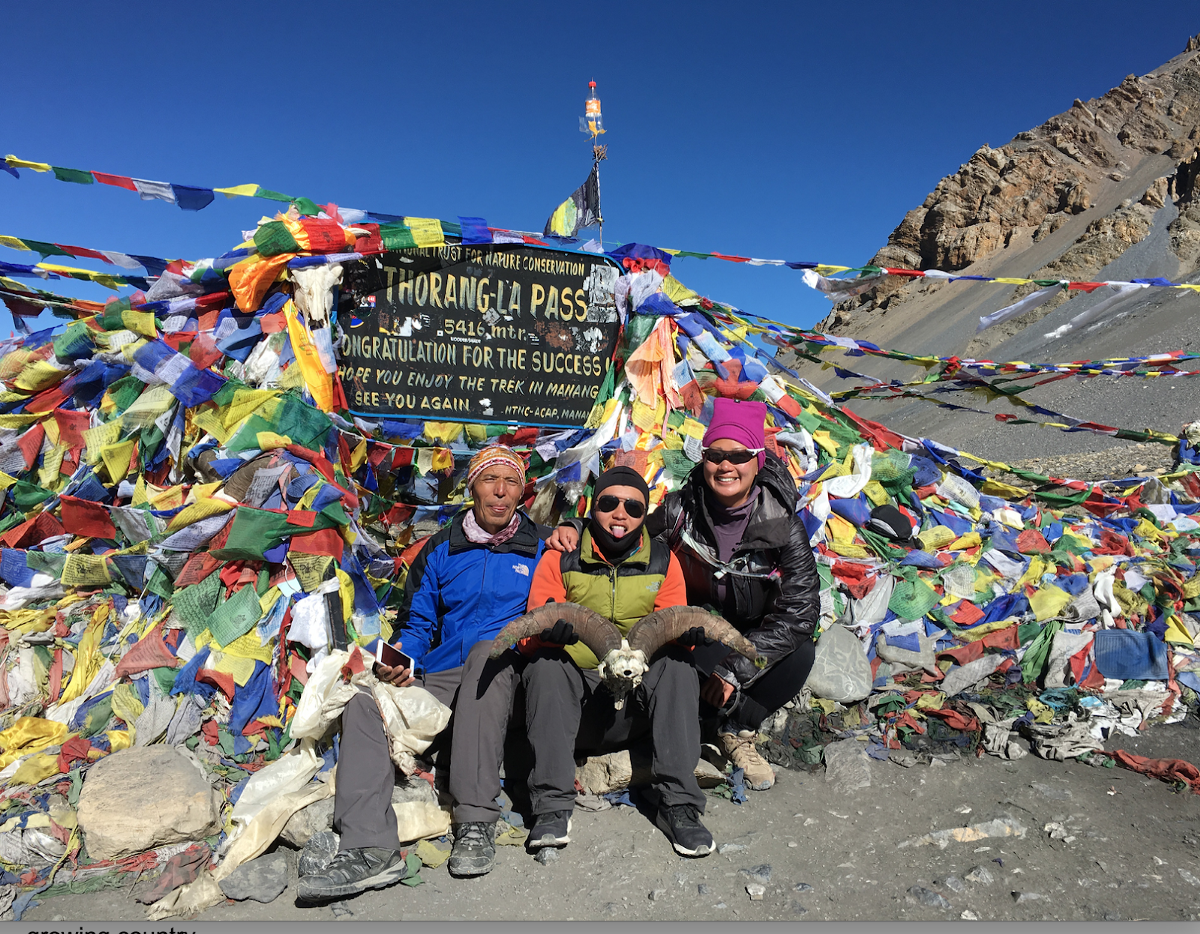
Once I got back to Kathmandu, I tried to get more of a local perspective on Nepali life talking to my taxi driver, Raju, whom I enlisted to drive me around for most of the time I was there. Raju lamented of the corrupt government and mentioned his hope that the monarchy might return one day. From the westerner’s outside perspective, Nepal is a fledgling country, easily one of the most beautiful countries I’ve visited. The country has a per capita GDP of $2440 USD (as of 2017) and the as the average Nepali grinds away, one has to wonder how the country’s government hasn’t yet managed to more effectively leverage resources to build decent roads or offer better healthcare or education. From an outsider’s perspective, the country seems to badly require lots of infrastructure.
Visiting the Roof of the World: Lhasa
Following my trek around the Annapurna circuit, I was now on my way to Lhasa to kick off a road trip taking me from the heart of Tibet all the way back to Kathmandu. On the plane ride to Lhasa, I silently bade the lush green Annapurna range goodbye and marveled at the sprawling Tibetan desert landscape in all of its harsh glorious beauty. The Tibetan deserts were peppered with alkaline, turquoise blue lakes.
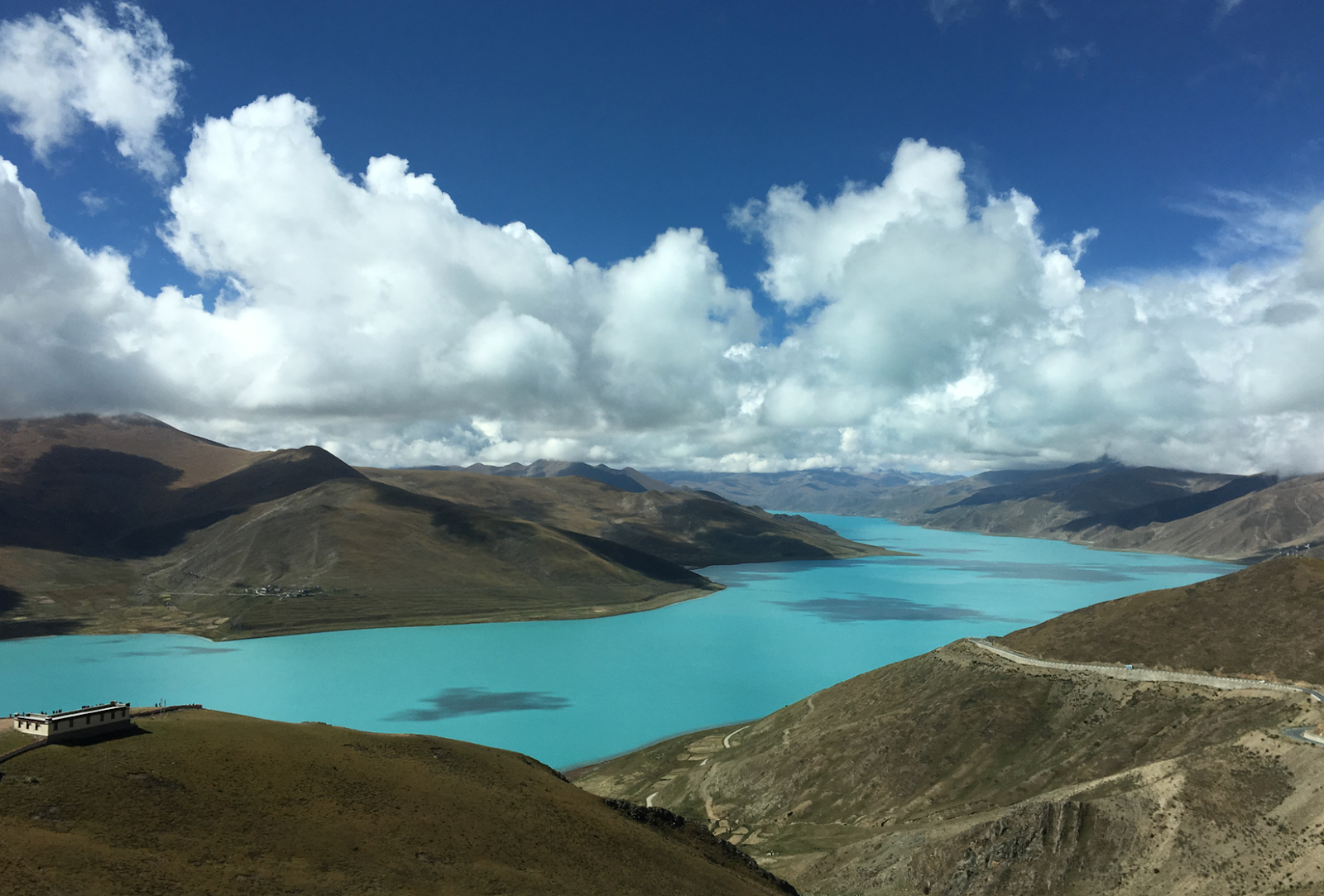
On my first day in Lhasa, I ventured around their version of a farmers market, taking in all the sights and smells. It seemed at every corner near the city center, butchers were hawking slabs of yak meat hanging from metal racks. On occasion, when you were least expecting it, you might come across a decapitated yak head with the meatier part of the yak’s face, part of the cheek missing. Every part of the animal is used and nothing is wasted. One of my travel companions, Anke, can attest to this as she discovered a full chicken head on her plate the second night we were there. Still, I think it’s fair to say that my fellow travelers in the tour group (2 Israelis, 2 French and 2 Dutch) both marveled and reveled in the delights of Tibetan culture, one of the highlights being the Tibetan hot pot we enjoyed for dinner one night.
The first full day of sightseeing included a visit to the famed Potala Palace, where the Dalai Lama’s used to reside, and Jokhang Temple. The place is beaming with locals and tourists alike. Local Tibetans and pilgrims were in walking meditation, spinning their prayer wheels, circumnavigating around the palace in a clockwise path. Inside the tourists piled into room after room, the tour guide pointing out all the differences in décor, explaining the history. The rooms were variations of very similar décor, usually there were many Buddhist statues: wisdom, beauty, compassion. Only after the tenth time, and having our tour guide pronounce some of the names slowly enough, we were able finally pronounce Avalokiteshvara (boddhisattva of compassion). While we weren’t ever able to get a more detailed history of the politics behind the sites and attractions, we felt fortunate to have a well-humored tour guide. His common refrain which was repeated several times a day was, Wow wow wow, so lucky.
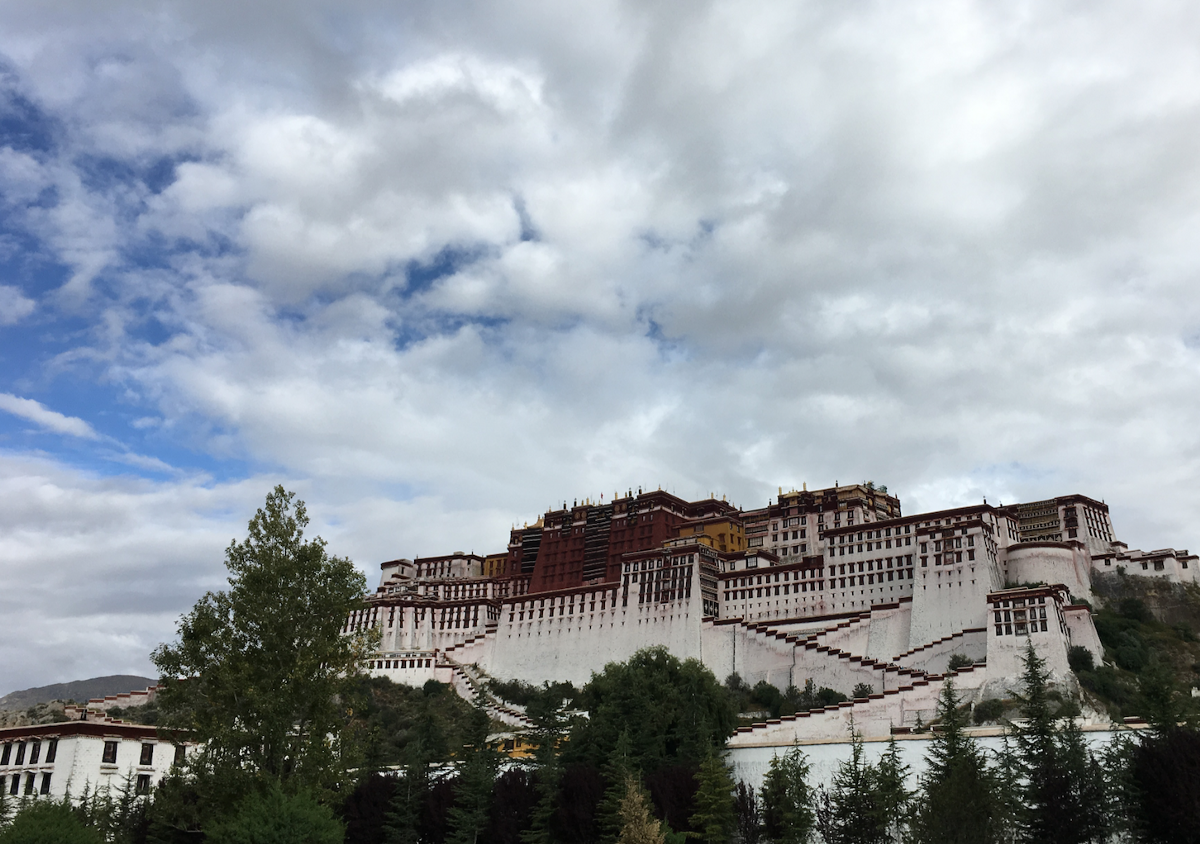
In truth, the feeling I got as a tourist in Tibet wasn’t necessarily the most comfortable. We couldn’t have heard a better rote chronological telling of the history of the Dalai Lamas and their progression, but so much of the more complicated and tormented history of Tibet was never once brought up or even mentioned. The reason for this was all too blatant. For beginners, as a foreigner, you cannot travel around Tibet without a tour guide except in Lhasa. When you are with your tour guide, it is strongly hinted that you not ask any sensitive questions about Tibet. If you go home and write about Tibet, it was suggested we not use any names. When you travel, you travel in a tourist van outfitted with three video cameras and it becomes all too clear that the extent of Chinese control and censorship in Tibet is extraordinary. When Tibet lost against the Chinese incursion in 1950, they also lost their right to safeguard their homeland and culture as they saw fit. Today, Lhasa feels like another Chinese city with hints of Tibetan culture and people sprinkled throughout. The infrastructure is that of a newer Chinese city, for you have well paved streets with nice sidewalks, traffic abiding citizens, cleaner food, air and more structured systems. For this modernity and industrialization for which the Chinese government has provided, the price the Tibetans have had to pay is their freedom. Most Tibetans will never be able to leave China as acquiring a passport for travel is incredibly hard. What I detected is a sad resignation to their circumstances. If as tourists we feel a bit suffocated by the big brother monitoring, how do the Tibetans feel? The truth is, we will never know because we were never able to speak with total candor.
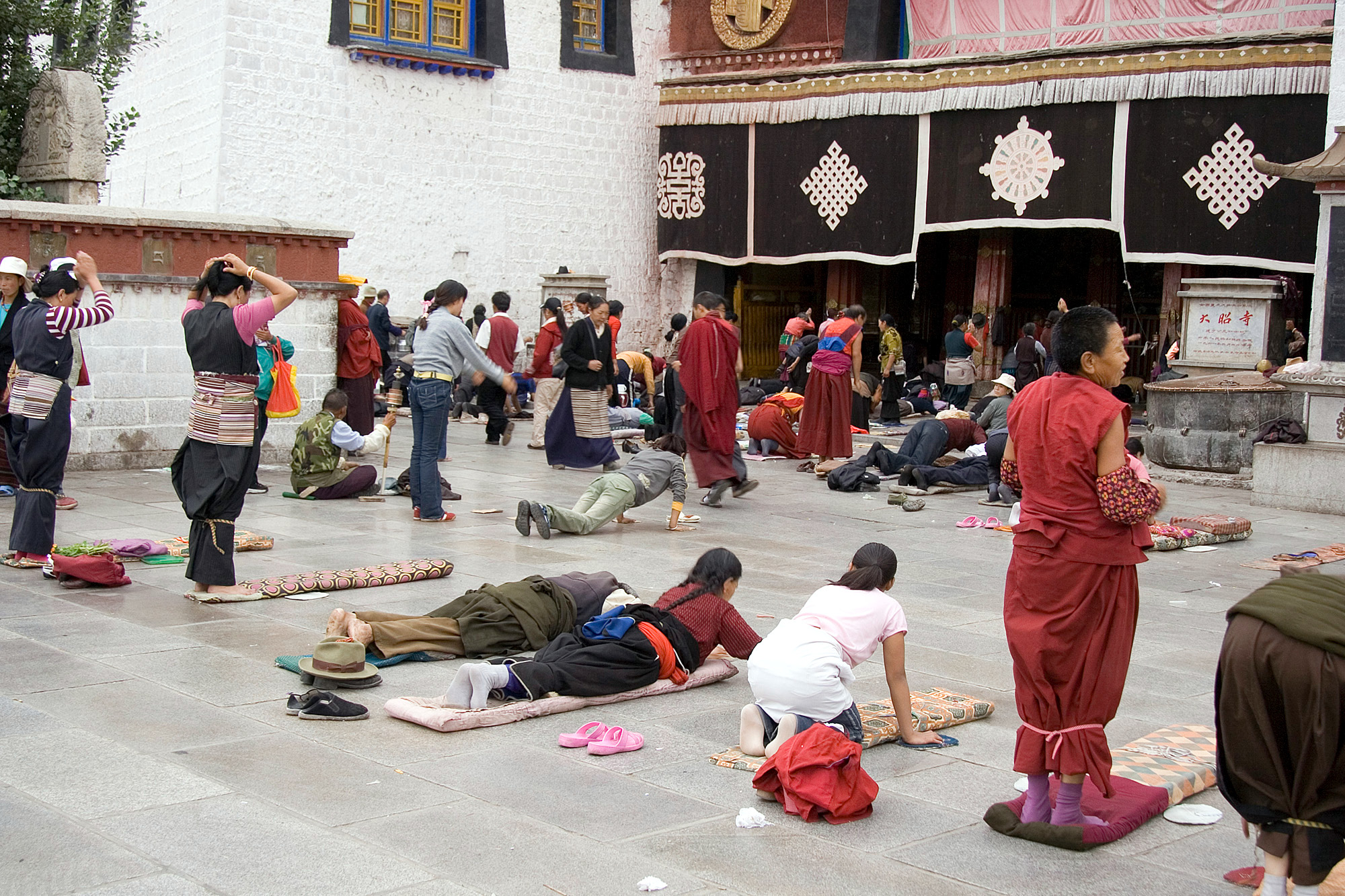
Back in Nepal, it was easy for Raju to tell me with open-hearted earnesty about his concerns about government corruption and lament about his economic woes. In Tibet, such conversations would have simply not been permitted.
All of this is not to say that we didn’t see the beauty of Tibet. The beauty came across in the small interactions with the local Tibetans we did meet, their generosity of spirit and heart. One of our travel companions celebrated her 70th birthday and our Tibetan driver regaled her with a quietly beautiful serenade. When our tour guide brought us to the Tibet-Nepal border, he watched as the immigration offer checked and stamped our passports. We stepped across the line to the other side ready to walk across the bridge that would take us back into Nepal. A sinking feeling that he will never be able Tibet stuck with me, it stuck with all of us that were leaving.
Crossing the border from Tibet back into Nepal is a bit of an experience. You feel like you are traveling back a few decades in time and yet, you feel relieved to be free. We left a pristine clean, if not somewhat sterile world and crossed the bridge that defined the border where we were met with a long line of trucks lining the narrow and dusty road. The traffic congestion was so bad we had to carry our bags and suitcases ourselves for a good 10 minutes until we could reach the jeep and driver that we had arranged to pick us up. Then we proceeded to drive 167 km over the next 8 hours — braving the treacherous Nepalese roads. As we drove those long winding roads home, we drove past hundreds of villagers, some showering near the road, toddlers playing by trucking and buses roaring past them, fumes of smoke blowing in their face. But what we saw, was joy and happiness on their faces, the kind we didn’t really see in Tibet. Why? Because the Nepalese are free. They face a level of poverty I’ve only witnessed in parts of India, but still they are free of censorship and government control.
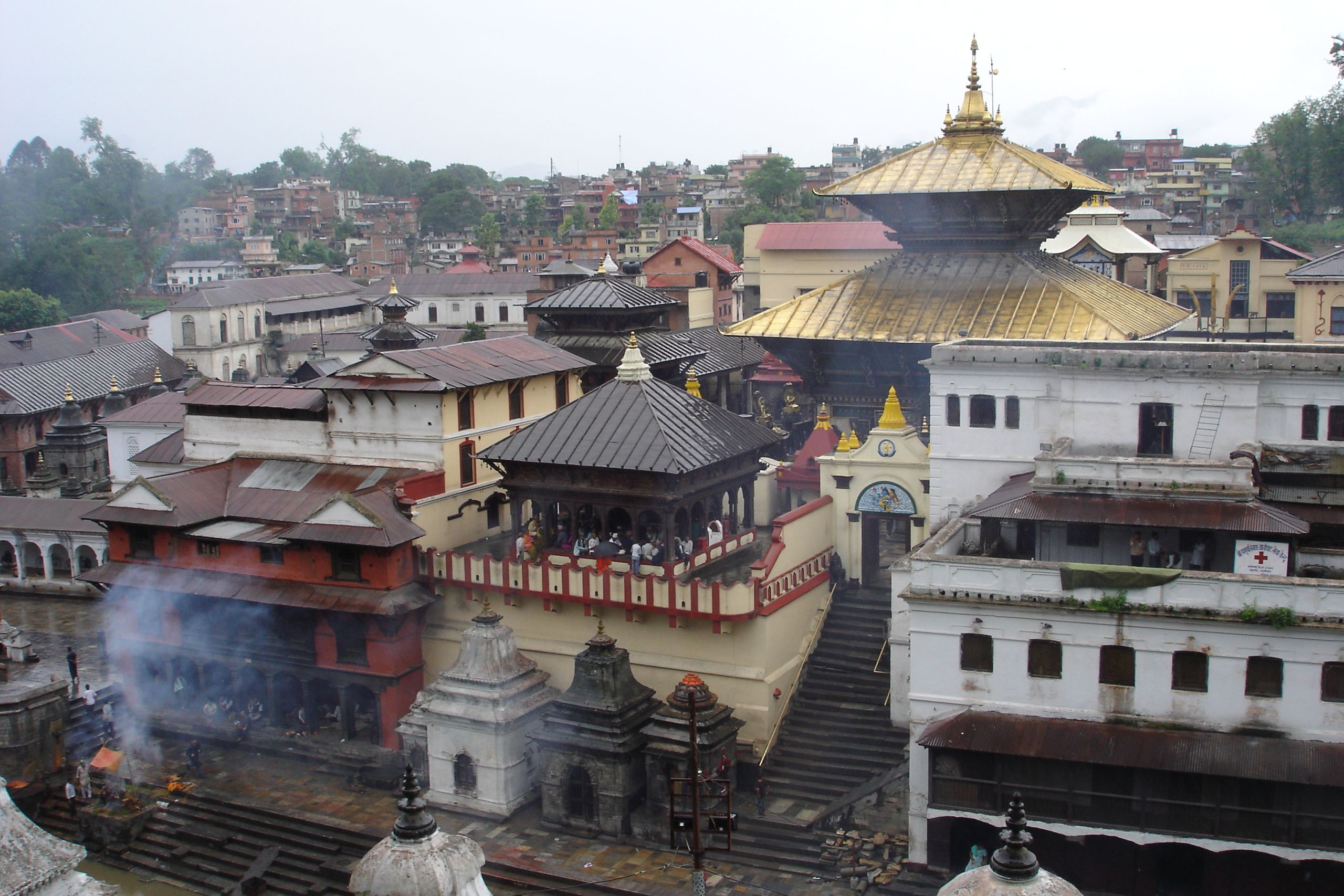
On my last full day in Kathmandu before my flight home, Raju picked me up for some sightseeing. He asked me how my trip to Tibet was curious to know what I had experienced and seen. I struggled to find the rights words that might come close to describing it all and after a few fits and starts of telling him about the landscape and nice people, I started to cry. I found myself deeply upset because I cannot understand the unfairness of the Tibetan situation. In one word, it is unjust.
Raju dropped me off to visit the Boudhanath Stupa, a sacred buddhist site, where many Tibetan refugees have settled in Nepal. Feeling my sadness, Raju offered a comforting note: “This is where the Tibetans in Nepal have meetings and discuss ways to organize.” Near the stupa, I bought a Tibetan singing bowl, used for meditation. I wonder what Tibetans in Nepal meditate on when they have lost so much?
Our Tibetan guide’s refrain, “Wow wow wow, so lucky” now takes on a new meaning for me.
Sibyl is a travel enthusiast who resides in the Bay Area. She is an entrepreneur and angel investor with a passion for exploring cities, talking tech & policy, and organizing community events. She can be reached via her Linkedin account.
You can also submit your articles to be published by visiting our contact page.


